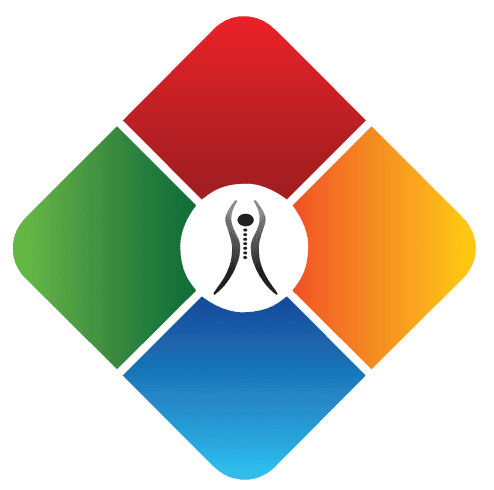Dr. Sean Riley often talks about the variety of treatment options available here at Tulsa Spine and Rehab. Each of these options can be thought of as a tool in the clinical toolbox. Today we’re going to learn more about what makes Dr. Riley passionate about caring for his patients. We’ll learn about his role, how he got started, and his goals for the future. Let’s take a look at what Dr. Riley had to say.
My History as a Chiropractor
I’ve been a practicing chiropractor for fifteen years now. Playing sports as a young athlete is what drew me to a rehab-based approach that integrates physical medicine and manual therapy. I did my undergraduate training at Oklahoma State and graduated in the mid-1990s with a bachelor of science in zoology. I was originally a premed student and I switched over to zoology once the biology and botany classes caught up with me. During my time at Oklahoma State in Stillwater, I knew that I wanted to go into some type of medical field. I considered D.O. school, M.D. school, and some other types of medicine.
I had never actually seen a chiropractor while I was growing up. It wasn’t until I got in touch with someone here in Tulsa that I became very interested in the physical medicine aspect of what chiropractors do. I learned that they specialize in diagnosing and treating musculoskeletal (muscle-joint) disorders of the spine and related extremities (arms, legs, etc.). I thought it was neat that the approach was non-pharmacological—in other words, no drugs were used.
After attending Oklahoma State I went down to Parker College of Chiropractic in Dallas, Texas. It was a valuable experience for me. During my time there I received an additional bachelor of science degree in anatomy. I then graduated with my doctorate from Parker in 2000. At that point, I had no clue what I was going to do or where I was going to go. Since I’m originally from Tulsa and all my family lives here, I thought it would be a relatively easy fit for me to come back and start my practice in the area.
In 2000 I worked for a couple of doctors here in town. This was the time when I was able to learn about the business aspects of practicing. As you probably know, chiropractors don’t usually work for a large hospital or organization. Many of us are independent contractors who have to figure out everything on our own. We face common challenges like managing staff and obtaining insurance coverage. (Even fifteen years later I think that I’m still learning day-to-day.)
I started my own small shop on Brookside here in Tulsa back in 2003. It was just me and one other employee. At the time, I had a single tool in my toolbox: manipulation. Patients did respond well to adjustment, but I eventually figured out that I wanted to give patients a more comprehensive form of care. I knew that I wanted to add physical therapy and clinical massage. Since then, I’ve been able to add a handful of people to our team. Each provider brings a unique expertise and ability to the table.
The Evolution of My Practice
I’m a chiropractor who focuses on manual therapy. I’ve spoken in the past about how I use my hands to manipulate, mobilize, or adjust the patient’s joint/vertebrae. The goal is to increase motion, restore mobility, improve function, and decrease pain. I use myofascial release to find areas of muscle that are tight or restricted. Then I use my hands to break up fibers to restore function and increase flexibility. We focus on using conservative care here at the clinic. Evidence shows that a non-pharmacological approach is one of the most effective treatments for low back pain.
I’m very passionate about functional movement screening. I’ll assess the patient’s whole body to isolate deficiencies with mobility or stability. That information will then allow me to make appropriate recommendations. It could be exercise or stretching that will allow the patient to overcome those issues.
It’s interesting to see how my practice has evolved over the years. I used to specialize in only using manual treatment. Now I’ve gotten into biomechanical treatments where a whole body analysis will help determine if something like a restricted hip is contributing to low back pain. Years ago I would just go straight to focusing all my attention on the low back. Now that I’ve gained years of additional training and experience, I’ve discovered that the contributing factor may be in a different part of the body. Even though you might feel pain in one area, the issue may originate somewhere else completely.
I began with manual therapy—I’ve grown to be passionate and excited about functional medicine as well. One of my goals moving forward is to continue to stay up-to-date on the latest and greatest treatment techniques. As always, I base my practice around evidence-based medicine. Science is also a large factor in everything we do here. I’ll continue to encourage the other providers here in the clinic to do the same. As time goes on, we’ll be introducing additional providers that are good at what they do and add useful skills to our toolbox.
Join us for part 2 of this series, when we’ll hear from Dr. John DiMaggio. To learn more about the clinical toolbox we’ve built over the years, contact us online or give us a call at (918) 743-3737.
Podcast: Play in new window

